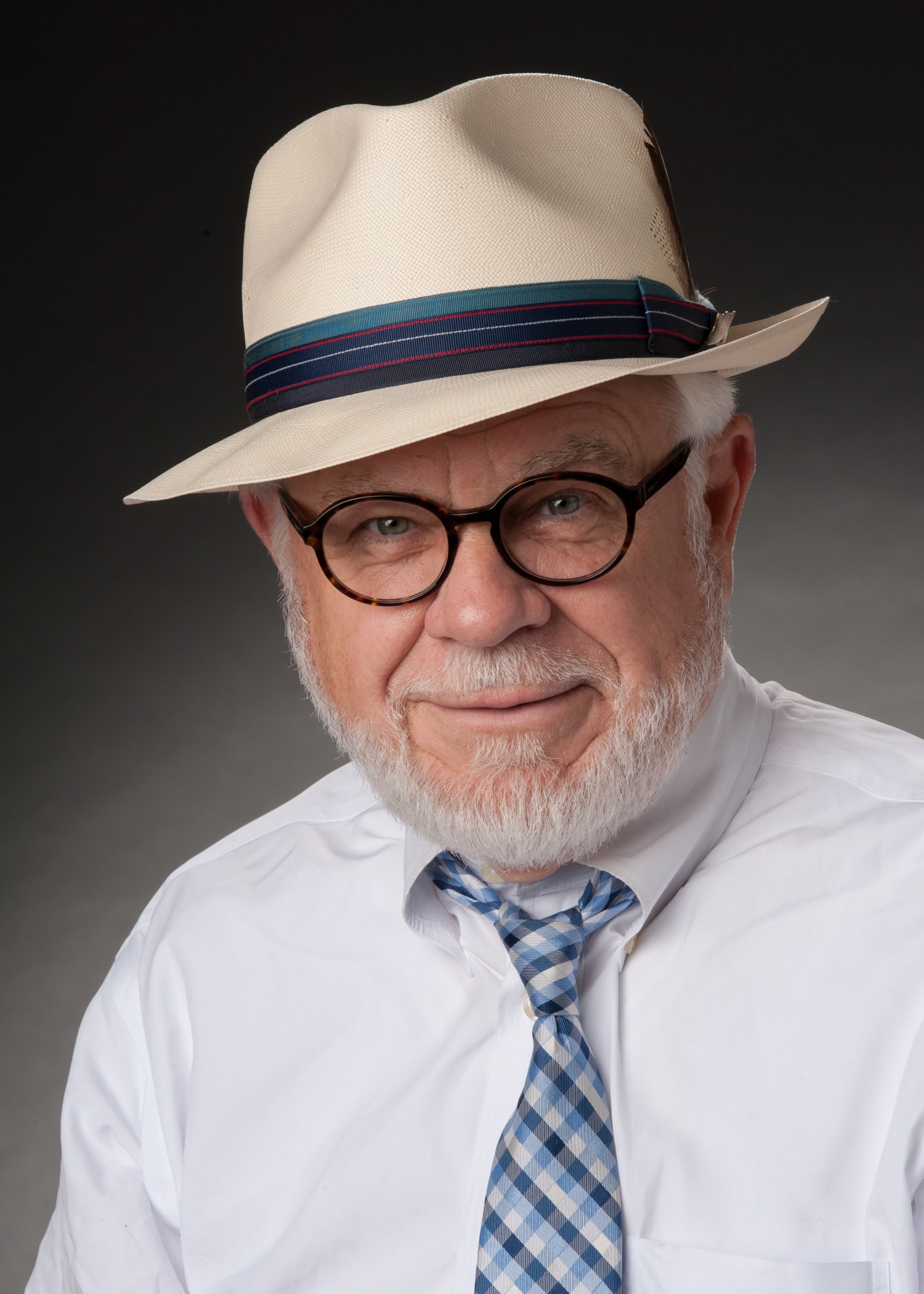Currently 17 year old juveniles charged with crimes that are waiting for a judicial resolution of their cases are housed at the Caddo Correctional Center. This changes on July 1 of next year.
As of that date, 17 year olds charged with “non-violent “ crimes must be detained at the Caddo Juvenile Detention Center. These crimes are primarily battery—the intentional use of force or violence on another person.
This legislative changes is an unfunded mandate. Thus, no additional state moneys will be appropriated for the additional costs of housing 17 year olds in juvenile facilities. And no state funding for additional facilities.
So what does this mean for the Caddo Juvenile Detention Center?
Clary Walker, Director of Caddo Juvenile Services, says it’s like adding 300 students to C.E. Byrd High School. But without additional teachers, classrooms, non teaching staff, books and/or parking to handle the overload.
The detention center has three pods. Each pod has eight cells and a common area. There is no double bunking. Thus, the total capacity of the detention center is twenty-four.
Currently each pod has one pod leader, 24 hours a day, 7 days a week. Once 17 year olds are added to the mix, each pod will have two pod leaders to ensure safety.
The influx of 17 year olds will mean less beds for juveniles age 13, 14, 15, and 16 years old. Depending on the juvenile’s criminal record and the seriousness of the charged offense, detention officials have several options in these cases.
The first is to release the juvenile to his family for supervision.
The second is place the juvenile on house arrest with an ankle monitor. In these cases, the juvenile can only go to school and to church.
The third option is to release the juvenile with a GPS monitor with no entry zones programmed into the monitor.
In the perfect world, Caddo Parish would construct three more pods. Not only would this increase capacity, but it would also allow for more segregation of the 17 year old population from the other detainees. And with pods for juveniles 16 years old or younger, only one pod leader will be needed for staffing.
The price tag for three more pods is $12 million. The Parish does have reserves that could fund this construction. The problem would be funding the four million dollars per year in additional staff costs for the extra pods and extra capacity.
Most parish revenues are from dedicated tax millages. The Parish has lost the last two renewals of millages, and thus the Commission is very very reluctant to propose a new millage to pay for additional staffing at the detention center.
The other option for the Commission is to collect the full 2.04 millage for the detention center. The Commission has rolled this millage back to 1.86 mills to maintain the same tax amount.
The mention of a new tax millage or higher taxes from a fully funded millage on the books is an anathema to Commissioners and tax payers alike. There are no easy answers for this challenge. That becomes a reality on July first of next year.
Feel free to share all or part of this column with others and to post to Facebook. No requirement to list my name.
